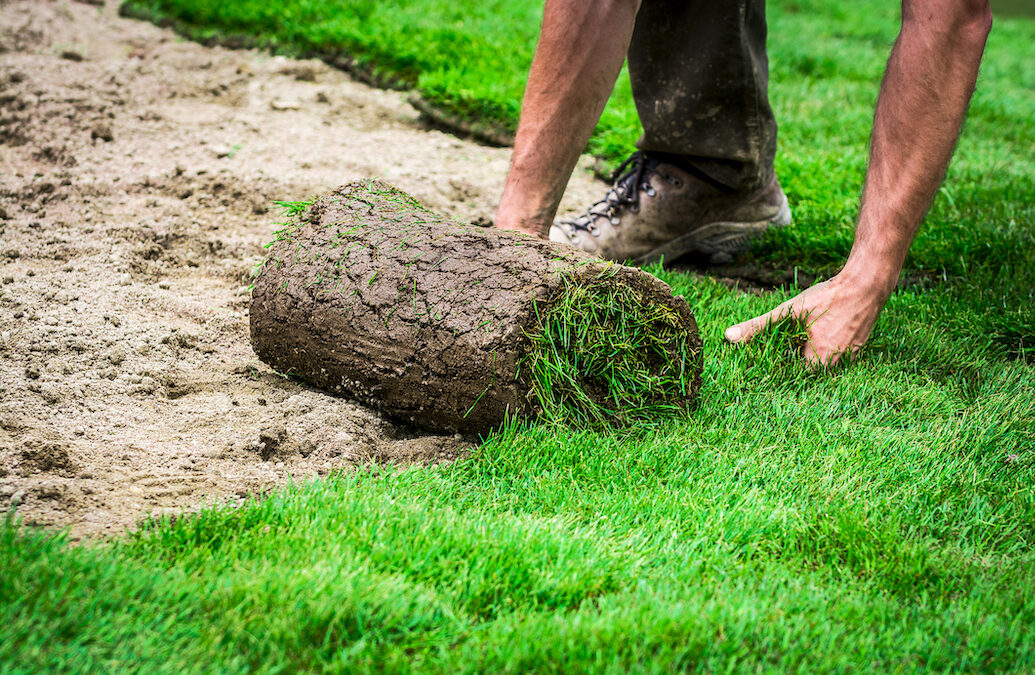A functional type of grass used across a variety of commercial and domestic settings, turfgrass is used to deliver a smooth, green, luscious and consistent finish to grass, play areas and sports pitches. In this guide, we provide a brief insight into grass turf, highlighting the different types and their important applications.
What is Turf?
A type of smooth, luscious grass that differs greatly from the traditional, bushier alternatives of ornamental or seeded grass solutions, turfgrass is functional, clean and easy on the eye. A beautiful garden is what we all strive towards, particularly in the summer, and with turfgrass, you’ll be providing yourself with a silky carpet of lawn for sunbathing, gardening or for your children to play and laugh. Not only will turfgrass ensure your garden looks sparkling all year round, but turfgrass is also well-known to provide a few functional advantages too; these include:
- Insulating the ground and maintaining a comfortable temperature (warm or cool)
- Erosion prevention and weather protection
- Flooding prevention
- Lower risk of invasive weeds and roots
- Consistent, steady growth
Turf laying is used across a number of different industries, both in commercial and domestic settings, from football fields to pocket-sized gardens. Generally speaking, there are two primary types of turfing solutions, artificial and natural. Let’s take a closer look:
Natural Turf
The real thing; natural turf, sometimes referred to as ‘normal’ turf, is essentially grown as you’d expect garden grass to be grown, full, green, smooth and luscious. Laid in small patches and sewn into the earth, natural turf ensures your grass grows to the highest standard, without the risk of stones or invasive weeds. Offering the look and feel of normal grass but with better consistency and aesthetic quality, natural turf is a proven contender.
Artificial Turf
Unlike the authentic grass of natural turf, artificial turf is neither as comfortable nor as aesthetically pleasing as the natural counterpart but is highly beneficial for covering larger areas or those that will expect high levels of wear and tear. Artificial turf is commonly used for sports fields, such as football pitches.
Why Use Turf?
Laying grass in the traditional sense, through the use of grass seeds, soil and water, is much easier than it sounds. With the risk of invasive weeds, pests, diseases or potential issues with the soil all capable of diminishing the chances of producing and maintaining a healthy, luscious lawn, even the slightest miscalculation or unexpected outlier, such as poor quality topsoil, could result in your garden appearing patchy, brown or even dead. In contrast, expertly grown turf, in combination with high-quality topsoil, will produce a consistent, carpet-like finish, green, luscious and healthy.
At GroundForce, we’re turf laying experts. From rotovating to laying the best quality turf available, we can provide a finish that exceeds expectations. We also offer seeding for larger areas and have completed large open area projects for Wainhomes & Bovis Homes. Our outstanding prices help keep us competitive. Get in touch today.

